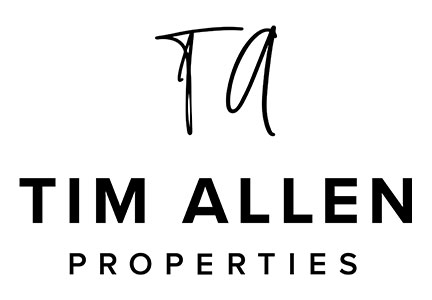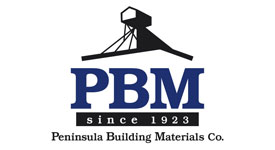It’s tempting to look for that idyllic location to build your dream home, but it’s best to talk with an AIA architect first. After discussing your ideas and available resources, your architect can help you prepare a preliminary budget that reflects what you want, what you can afford and what types of properties might suit both criteria. A little work up front can make your search for the right site more efficient and can present some unexpected, exciting possibilities. The earlier in the planning process you consult an architect, the better you prepare yourself for finding a site that matches your dreams with reality.
Explore the potential of your site.
The property where you’ll build your home may present some distinct design opportunities and perhaps some hidden hazards. Your architect can help you in unmasking the character—and potential costs—of your site before you buy. For example, you’ll probably want to take advantage of each favorable view and sun exposure while protecting your home against wind and weather. Are there existing trees on the site that you’ll want to save? Are utilities such as water, sewer, natural gas, electric, telephone and TV cable available? How much privacy do you want between your house and the surrounding community? Which school district services your area? Are there other costs associated with the site such as traffic impact fees, homeowner’s dues, sewer and water tap fees, landscaping assessments, snow or trash removal fees? Finally, would purchase of the property leave you with enough in your project budget to develop a home? A clear understanding of such factors can help you make smart decisions in choosing the site for your new home.
Consider the lay of the land.
Of course, building a new home literally begins at ground level. The characteristics of the site affect the design and function of your home. For example, is the geology of the site primarily sand, rock or soil? The type of soil could affect rainwater drainage. Or, if no public sewage system is available, how well the soil percolates could affect the function or placement of a septic field. And if no public water system exists, how likely are you to hit water by drilling a well? Can the site support the placement of structures at a reasonable cost? How will the slope of the site relate to the type of house you desire, such as a one-story or two-story home with a walk-out basement? In short, is the land buildable, and at a reasonable cost? Walk the site with your architect to learn if your project is feasible and what impact such factors might have on the site. Doing so also often leads to some exciting new design possibilities.
Determine if local zoning and other restrictions will affect your project.
It’s important to know if any zoning ordinances or regulations exist that might restrict development of the property. These might dictate how much of the property can be covered by a structure, its height, how far it must be set back from the property line or roadway, and protection of existing trees and landscape. Likewise, you’ll want to know about any proposed development of adjacent or nearby properties, such as new roadways or commercial construction. Being familiar with the building codes and zoning ordinances in your area, an AIA architect can help you determine where these apply to your project and can assist with filing applications or obtaining the necessary permits for it.























